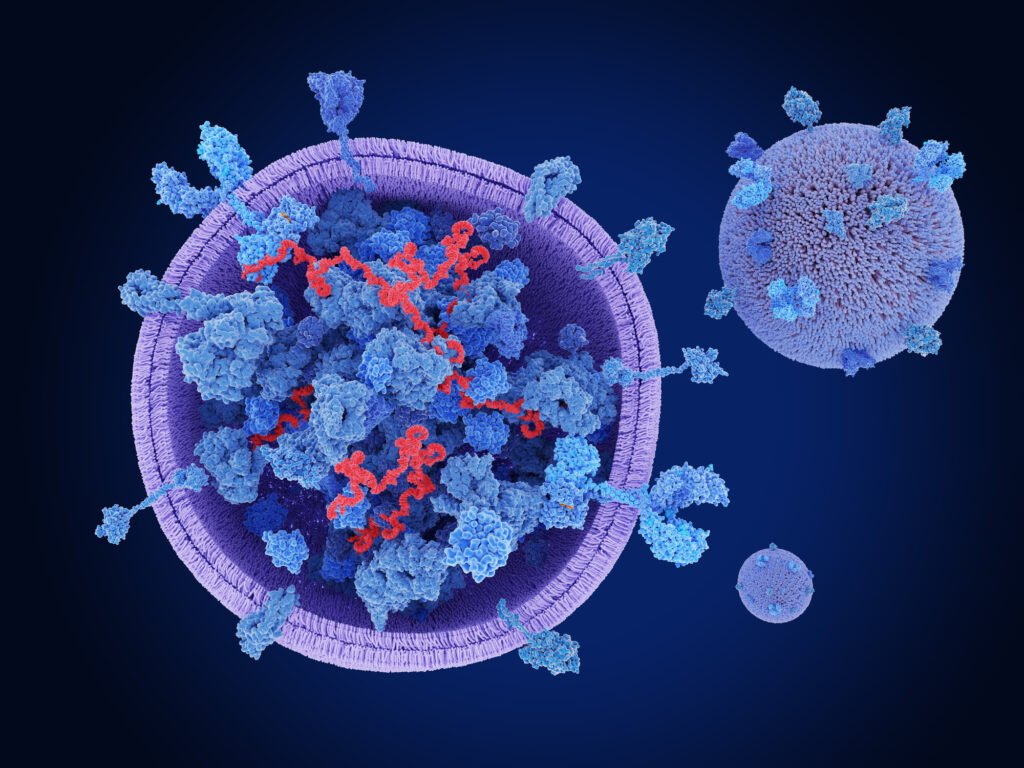In recent years, the field of reproductive health has gained significant attention, particularly concerning intrauterine adhesions (IUAs) and their implications for women’s fertility. A noteworthy study has emerged that seeks to bridge a critical gap in our understanding of IUAs by focusing on the role of tissue exosomes and a specific microRNA, miR-195-5p.
The authors of this insightful research include Jia-Ming Chen, Qiao-Yi Huang, Wei-Hong Chen, Jin-Xiang Wu, Ling-Tao Zheng, Hui-Jie You, Yan-Chuan Shi, Shu Lin, and Qi-Rong Shi. They hail from the Department of Gynaecology and Obstetrics at The Second Affiliated Hospital of Fujian Medical University, as well as institutions in Australia, reflecting a collaborative effort that spans continents.
IUAs, often resulting from trauma, infection, or surgical interventions, can pose significant challenges to women seeking to conceive. These adhesions can disrupt normal reproductive function, leading to complications such as infertility, pain, and abnormal menstrual cycles. Despite the clinical significance of IUAs, the underlying biological mechanisms remain poorly understood, particularly the role of exosomes—small extracellular vesicles that facilitate intercellular communication.
The study specifically investigates miR-195-5p, a microRNA that has been implicated in various cellular processes, including proliferation, apoptosis, and inflammation. By analyzing tissue exosomes, the researchers aim to elucidate the regulatory network surrounding miR-195-5p and its potential impact on the development of IUAs. This exploration is crucial as it may uncover novel biomarkers for diagnosis or targets for therapeutic intervention.
The methodologies employed in this research are expected to be rigorous, combining advanced techniques in molecular biology and bioinformatics to analyze the exosomal content related to miR-195-5p. The implications of the findings could be far-reaching, offering new insights into the pathophysiology of IUAs and potentially leading to innovative treatment strategies.
As the authors delve into the complexities of tissue exosomes and their regulatory networks, their work not only aims to fill a significant research gap but also to pave the way for improved clinical outcomes for women affected by IUAs. The integration of molecular insights into the clinical management of reproductive health issues could revolutionize approaches to treatment and care.
In summary, this study stands as a promising contribution to the field of reproductive medicine. By unraveling the intricate relationship between tissue exosomes, miR-195-5p, and IUAs, the authors are poised to enhance our understanding of a condition that affects many women worldwide. The journey from bench to bedside may soon witness advancements that stem from this important research endeavor.


